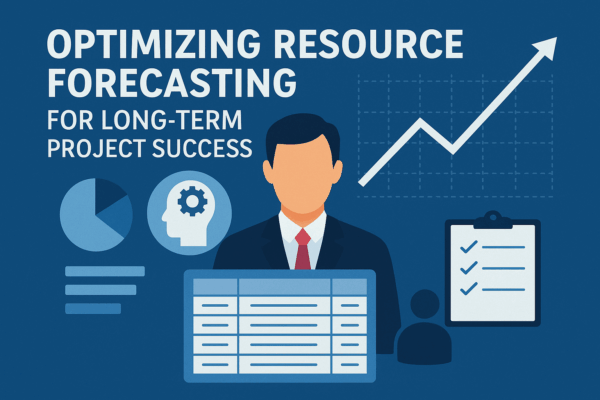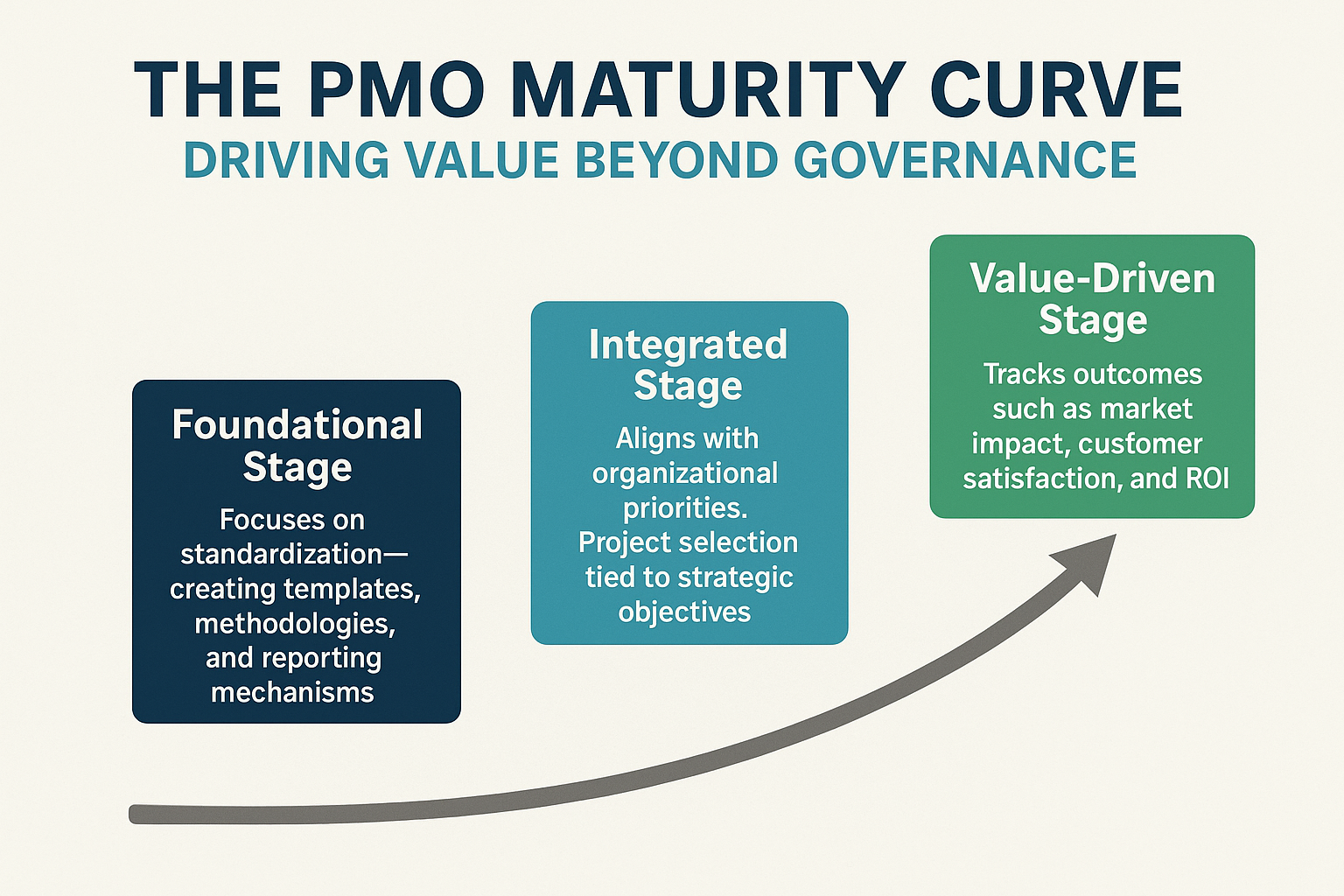
9 Strategy Execution Tips to Reduce Risk and Improve Outcomes
Nine Real World ROPE Framework tips for execution of strategic initiatives. When used as a part of strategy execution, these nine ROPE based techniques give you clarity, control, and confidence over project and program delivery (PPD). Each ROPE concept cuts noise, speeds decisions, and lowers risk. No jargon. No marketing. Just straightforward work patterns that…












